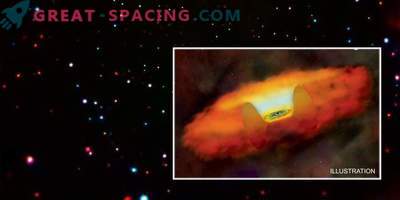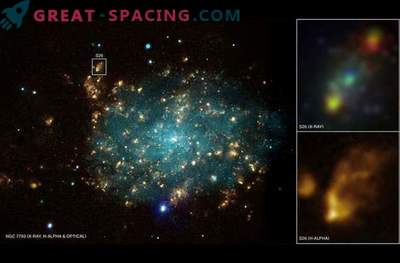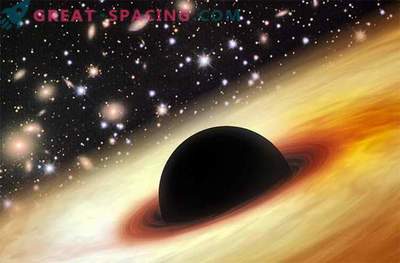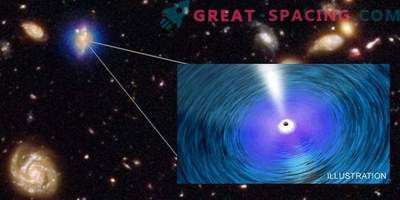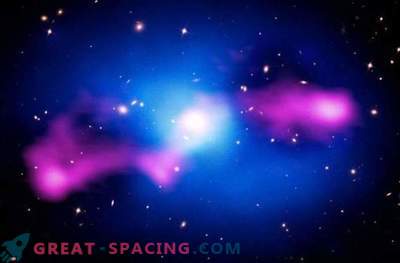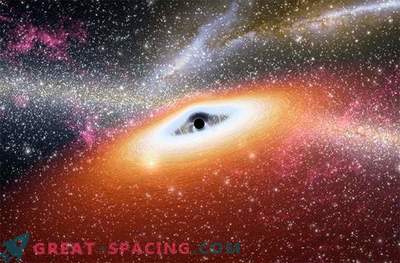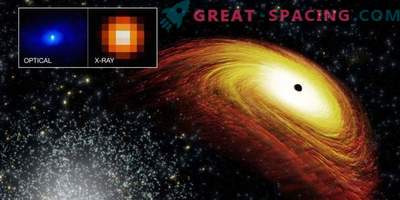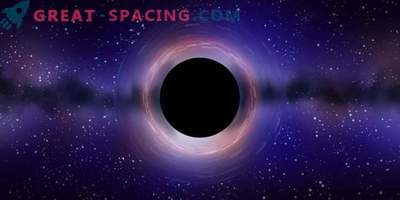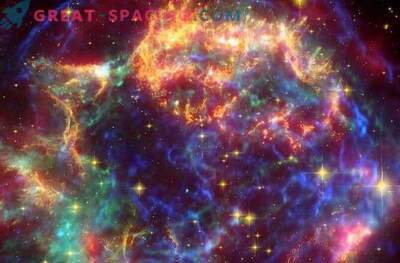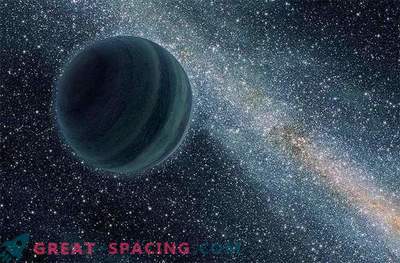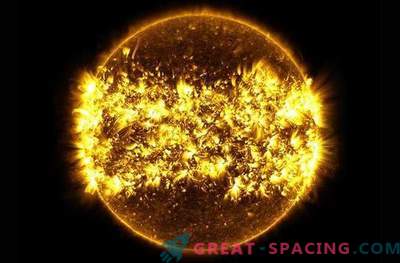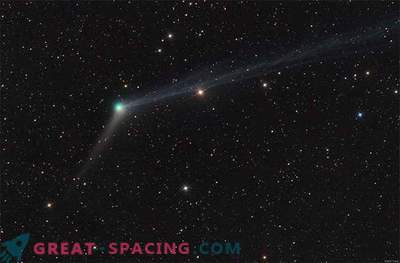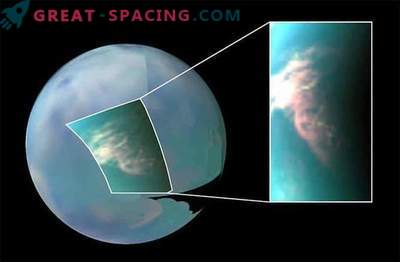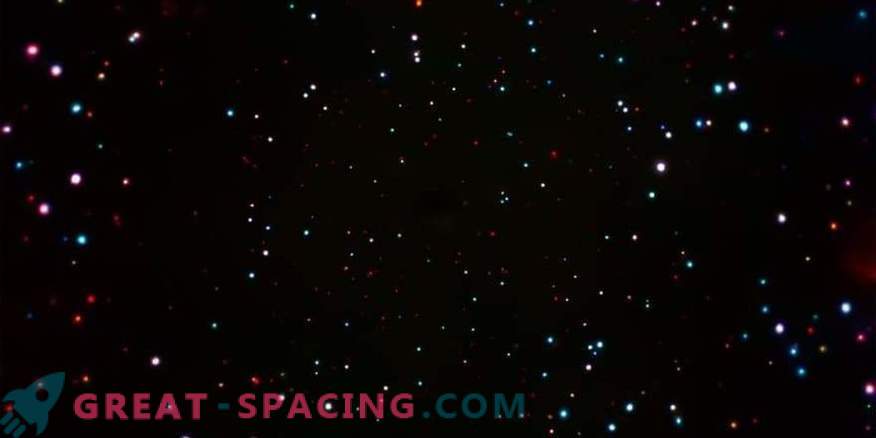
Psychedelic observations of the Chandra Space X-ray Observatory will help astronomers understand how the most monstrous black holes form and grow in our Universe.
Chandra fixed her gaze into the darkness and peeped over the ancient black hole. This unique image shows how X-rays emanate mainly from supermassive black holes in galactic nuclei that are billions of light-years distant. The age of some of them dates from the time of the birth of the universe.
Without context, it is difficult to understand the depth of this information. Chandra received a command to look at the same part of the sky for 7 million seconds (11.5 weeks). This time was spent on catching a sufficient number of weak X-ray photons emanating from billions of light bodies to reach the lens of the space telescope, which “sees” the weakest objects. And as Hubble discovered the famous “Deep Field” (an empty region of space filled with thousands of undiscovered galaxies), Chandra’s careful observation revealed the monster's hole.
Astronomers believe that with this new approach, you can see 5,000 X-ray emitting objects in the sky around the moon. They believe that there can be about a billion of such points around the sky.
Each point represents a kind of powerful X-rays, 70% of which are active black holes ranging in size from 100,000 to several billion times the mass of our Sun. By setting up Hubble to observe the same site, the researchers confirmed that these powerful black hole emissions are actually generated inside the nuclei of galaxies. These giants draw huge amounts of matter, producing superheated plasma near the event horizon to form accretion disks and produce powerful x-rays. The most distant sources originate from galaxies 12.5 billion light-years from our planet and most likely created by huge collections of stellar masses of black holes (5-10 times the mass of our Sun) actively consuming galactic gases.
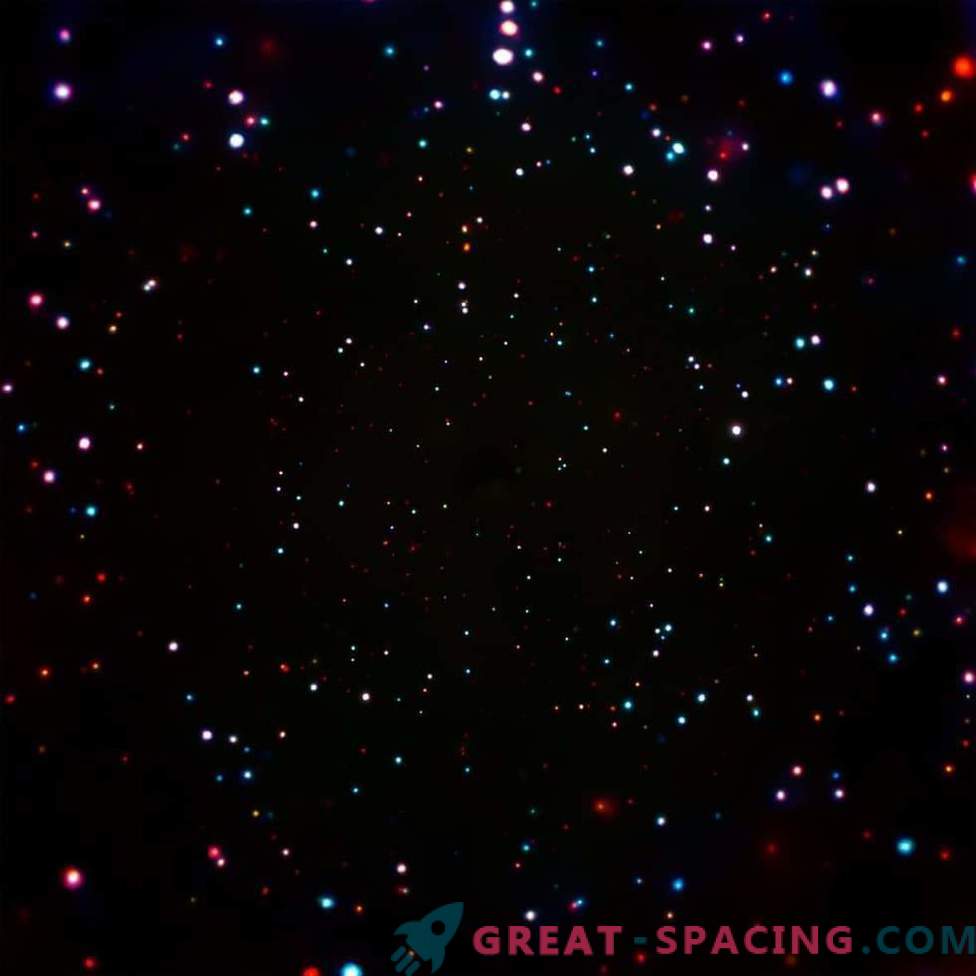
The image is a part of the southern field of Chandra (CDF-S), which is the deepest X-ray image ever received.
Having received an overview of X-ray radiation, astronomers can study how these massive objects evolve, starting from two billion years after the Big Bang and to the state of the modern Universe.
“Using one amazing picture, we can explore the earliest days of the existence of black holes in the Universe and see how they have changed,” said Neil Brandt of the University of Pennsylvania and the head of the group of astronomers who are currently studying this historical space species. The paper was presented at the 229th meeting of the American Astronomical Society in Grapevine (Texas).
“It’s difficult to find black holes in the early Universe because they are located far away and produce radiation if matter is actively drawn in,” added Bin Lo from Nanjing University in China. “But using Chandra, we can find and study a large number of growing objects, some of which appeared shortly after the Big Bang.” Although this x-ray observation will provide astronomers with work for many years, it seems that some discoveries have already been made. Despite the well-known information that black holes occupy the cores of most galaxies, there is still no information about how they reach such sizes. By measuring the distance of each of the points, astronomers learn more about what they are. Interestingly, in the earliest epoch of the Universe (two billion years after the Big Bang), they did not gain growth steadily, but experienced dramatic surges.
“Having understood these X-rays, we will understand more about the evolution of stellar masses and supermassive black holes in the early Universe,” says Fabio Vito from the University of Pennsylvania. “We are returning to the past when these objects were just entering a crucial phase of growth.”
